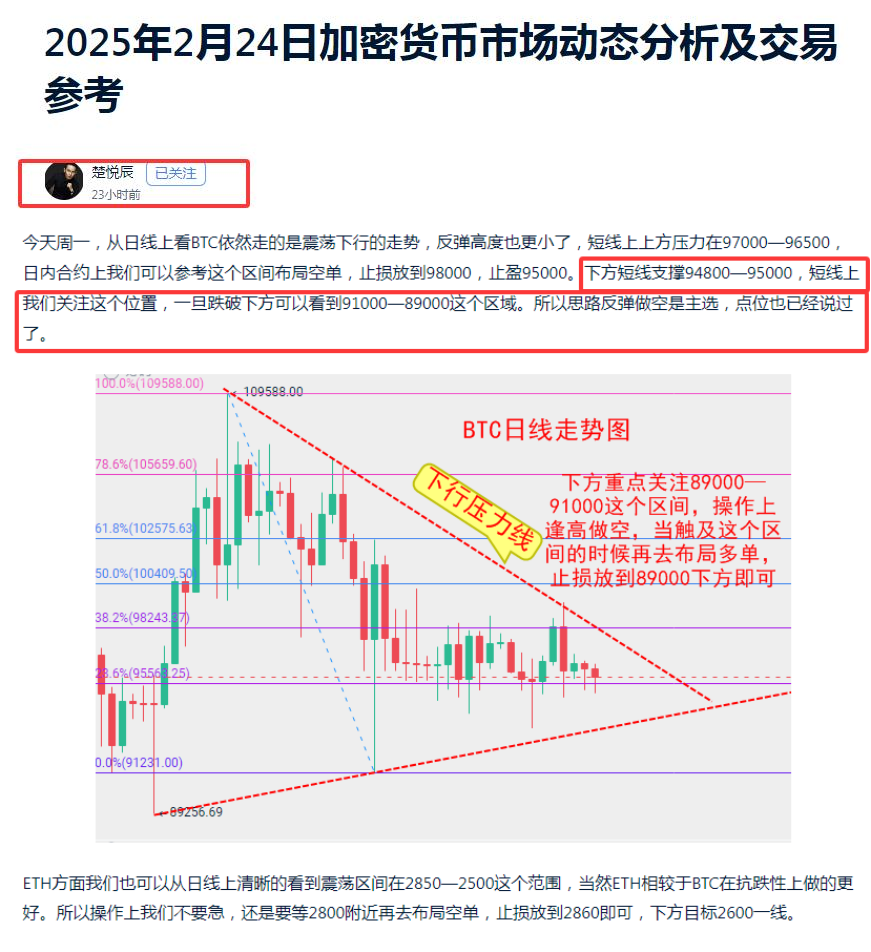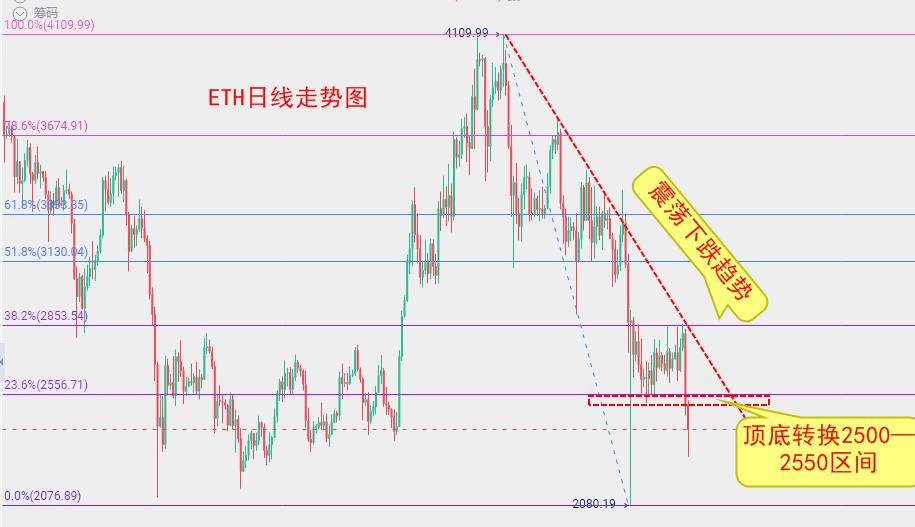The analysis of the reasons for the sharp decline in BTC and the entire cryptocurrency market includes the following points:

- Increased uncertainty in regulatory policies
The South Dakota State Legislature postponed the vote on HB 1202 (originally scheduled for February 24), which involves adjustments to the regulatory framework for cryptocurrency trading. The market is concerned that if the bill passes, it may restrict trading freedom, triggering panic selling among investors. Previously, many countries around the world (such as the United States and the European Union) have strengthened anti-money laundering and real-name trading regulations for cryptocurrencies, leading to decreased liquidity.
- Transmission of macroeconomic risks
Signs of a global economic recession in 2025 are evident (IMF data shows global GDP growth rate has dropped to 1.5%), leading to a decline in investor preference for high-risk assets, with Bitcoin being the most affected due to its volatility.
Geopolitical conflicts in the Middle East and retaliatory tariffs from the EU against the US further amplify risk-averse sentiment.
- Technical adjustments and worsening market sentiment
After Bitcoin broke through $100,000 in January, it continued to oscillate at high levels, entering a profit-taking cycle in February, with technical indicators showing a demand for overbought corrections.
Last night, the price fell below the previous support level of $93,500, triggering a large number of leveraged contracts to be liquidated (nearly 300,000 liquidations), forming a vicious cycle of "panic → selling → accelerated decline."
- Phase-wise withdrawal of institutional funds
Large holding institutions such as the German Federal Criminal Police and Mt. Gox Trust have recently continued to transfer Bitcoin to exchanges, which the market interprets as a potential selling signal. Miners are reducing production due to rising costs, leading to doubts about the stability of the supply side.
In summary: This sharp decline is a result of the impact of regulatory policies + macroeconomic pressures + technical corrections. Investors need to pay attention to the subsequent implementation of policies (such as new regulations from the US SEC) and the pace of global economic recovery.
Next, the entire cryptocurrency market may enter a period of low points, and the negative sentiment may continue to spread. The current price has fallen below $89,000, near the low of $88,200. There is currently a slight rebound, with prices fluctuating around $89,700. Yesterday, I clearly expressed my thoughts and views, short on rallies. If you paid attention, even if you couldn't catch this short position, at least you wouldn't go long, which can be said to help you avoid losses.

In short-term contracts during the day, do not think about bottom fishing; there is no bottom! In operations, you must go with the trend; a good start is half the success. Since the overall trend is bearish, we should just take short positions on rebounds. In any case, it is better not to trade than to trade incorrectly. Keep an eye on your wallet; do not waste it unnecessarily, as the only result of being overly optimistic is to lose everything. For short-term technical reference, consider the short-term pressure around $91,200 to set up a short position, with a stop loss at $92,500 and a take profit at $89,000. Everyone must understand that we are trading short-term; there are multiple opportunities every day. Do not enter a position thinking you need to gain thousands of points; it is unnecessary. Compared to losses, unrealized gains that are not taken can turn into unrealized losses, stop losses, or even liquidation, which is the most painful. A simple analogy is not to let a cooked duck fly away again.

The same principle applies to ETH. Of course, from the results, ETH has shown better resilience compared to BTC, as mentioned in previous articles. From a technical perspective, the overall trend is bearish, and the position at $2,500 has changed from support to resistance. In operations, you can consider setting up a short position at this level, with a stop loss at $2,600 and a take profit at $2,300.

My approach is actually very simple: go with the trend and set the take profit at twice the stop loss. This means that one take profit can offset two stop losses. As long as your accuracy is not extremely poor, you will achieve good returns over the long term.
Also, do not hold onto losing positions; manage contracts with proper stop losses. Those who do not set stop losses may endure multiple times, but as soon as you cannot hold on once, you will lose everything. I believe those who have experienced liquidation understand this feeling, so I won't elaborate further. That's all for now; cherish your journey.
Last night, we also provided real-time short positions in the group chat. Friends who want to join the group can message me directly.
Market conditions change in real-time, and there may be delays in article publication. Strategy points are for reference only and should not be used as entry criteria. Investment carries risks, and profits and losses are your own responsibility. Daily real-time market analysis, along with an experience group chat and a practical discussion group, are available for real-time guidance. Live explanations of real-time market conditions will be held at irregular times in the evening.
For more real-time market analysis, please follow the public account: Chu Yuechen

免责声明:本文章仅代表作者个人观点,不代表本平台的立场和观点。本文章仅供信息分享,不构成对任何人的任何投资建议。用户与作者之间的任何争议,与本平台无关。如网页中刊载的文章或图片涉及侵权,请提供相关的权利证明和身份证明发送邮件到support@aicoin.com,本平台相关工作人员将会进行核查。




